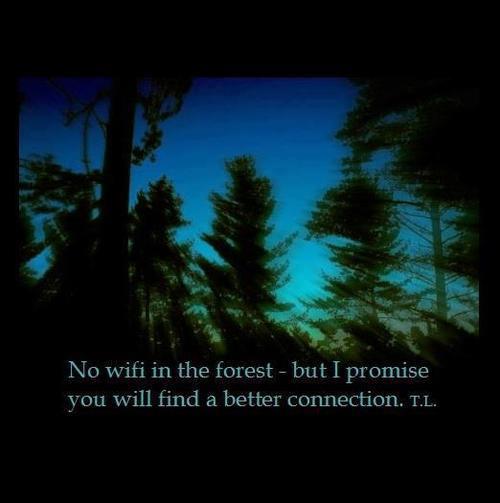Tags
Beth Noveck, Bono, Captain Jean-Luc Picard, Clay Shirky, Lachie Coman, Ray Bradbury, Solar Mommas, The Toynbee Convector, The Transition Network
One of my favourite short stories is Ray Bradbury’s ‘The Toynbee Convector’. Without giving too much away, it’s set in a near future where humanity has finally worked out how to live with each other. During the course of the story the central character reveals to a journalist the colossal fraud he perpetrated in order to drag the world back from the brink of destruction. In so doing he single-handedly establishes the utopia of the story’s setting. It’s an optimistic short story and it fills me with hope. It’s an aspect of science-fiction I like. Science-fiction is about the exploration of ideas. It is a genre with influence. The evolution of technology is evidence of this. These days science-fiction is too frequently used, particularly in film, to satisfy the popular obsession with blood, guts, pointless heroics and doom. In doing so the genre sells itself short.
Why do we display such an automatic fascination with the negative when we have a boundless creative capacity and, one would hope, an innate desire for the positive? At what point does humanity collectively decide to stop being a group of adolescents and begin behaving like adults? Like it or not we are all reservoirs of information and ideas. Collectively we build the future.
Some shape the future by their actions (The Transition Network). Some teach (Solar Mommas), others may write, make films, or express it through their art. Then there those like Lachie Coman. For many, the exchange happens over lunch, a drink or coffee. At these junctures do we choose to add to the milieu of gloom or do we discuss solutions? In the 21st century the world is connected for the first time in history. The information flows 24/7 and we all have influence.
Whether we realize it or not, technology continually monitors how we live our lives. The loyalty card you use at the supermarket provides information on your buying habits. Cookies from websites, tweets and Facebook ‘likes’ all provide information on who you are and what you do. No doubt some find this ‘Orwellian’. But perhaps the paradox is that we are now more empowered. By making positive conscious choices about what we buy, and what we do and say online, we will influence decisions by those who mine this data. For example, organic products are now sold in mainstream supermarkets. The information flows 24/7 and it flows both ways.
The science-fiction of my childhood is becoming my reality. So let’s continue to ask ‘what if?’. As Captain Jean-Luc Picard once said, ‘Money doesn’t exist in the 24th century. The acquisition of wealth is no longer the driving force in our lives. We work to better ourselves and the rest of humanity.’ And while it may seem like a pie-in-the-sky philosophy I’d rather hear that speech in a science-fiction movie than witness an apocalyptic scenario any day.

